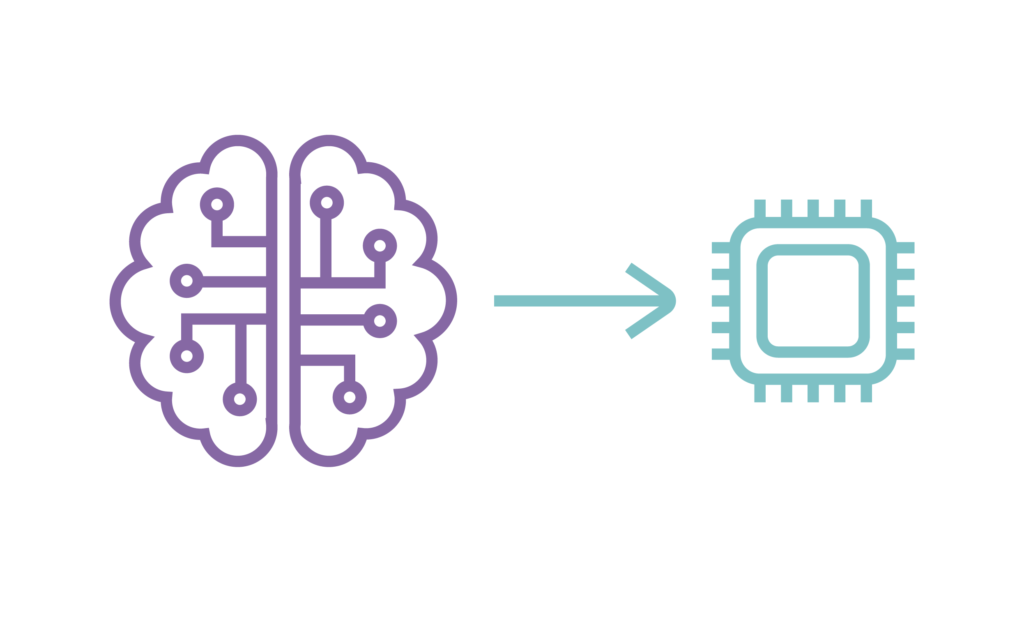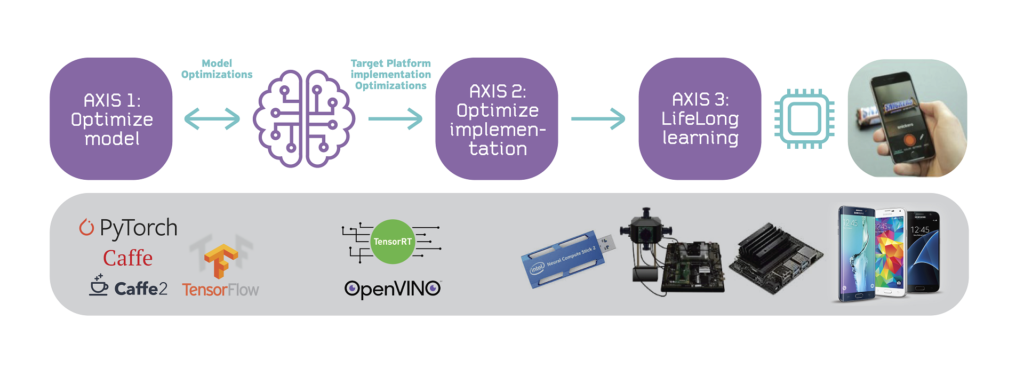Deep Learning Technology
DeepAPI is a software suite consisting of high-performance deep-learning models, optimized for embedded computing systems and SoCs
- Implements deep learning in embedded devices in order to accelerate adoption of AI
- It takes full advantage of all computational units including CPU, GPU and DSPs.
- Supports commonly used architectures SqueezeNet, MobileNet, AlexNet, VGG.
- Provides an Interface for creating new optimized networks.
- Compatible with major Deep Learning FrameWorks including Caffe/Caffe2, TensorFlow and PyTorch.
- Supporting new standard exchange formats (ONNX).
- Capable of supporting a wide range of applications in end-markets such as IoT, surveillance, machine vision and automotive, and has already been adopted for applications in automation/product identification, medical imaging, and automotive



